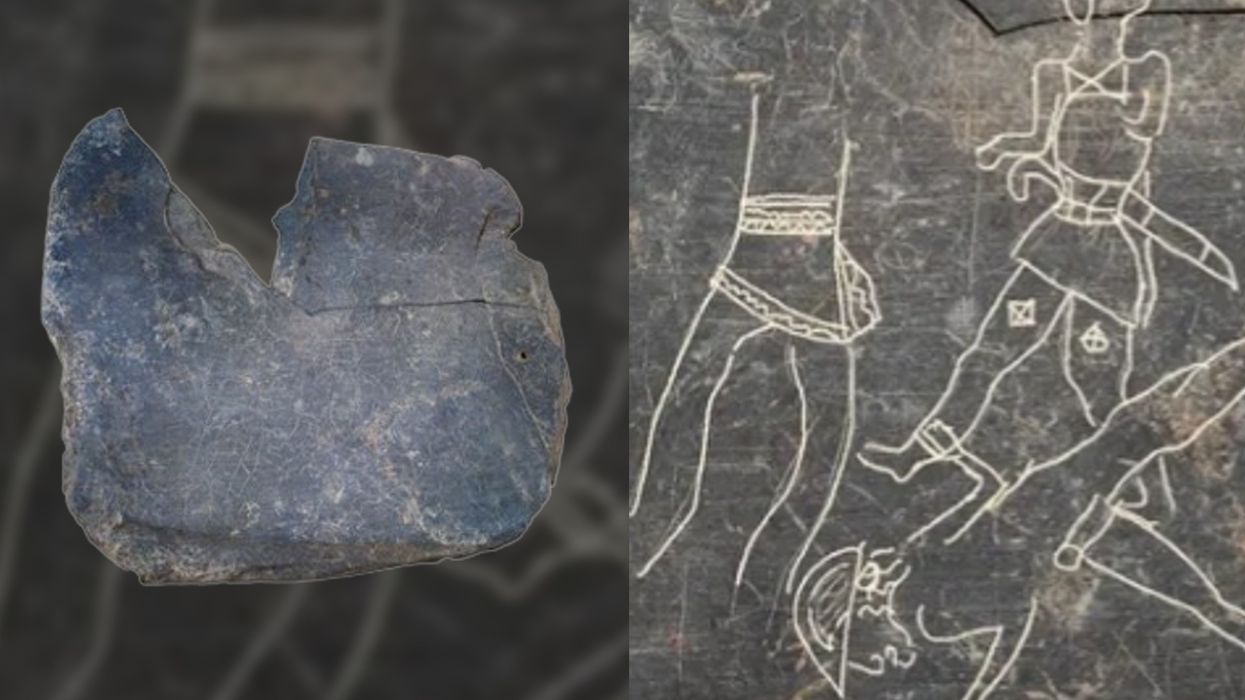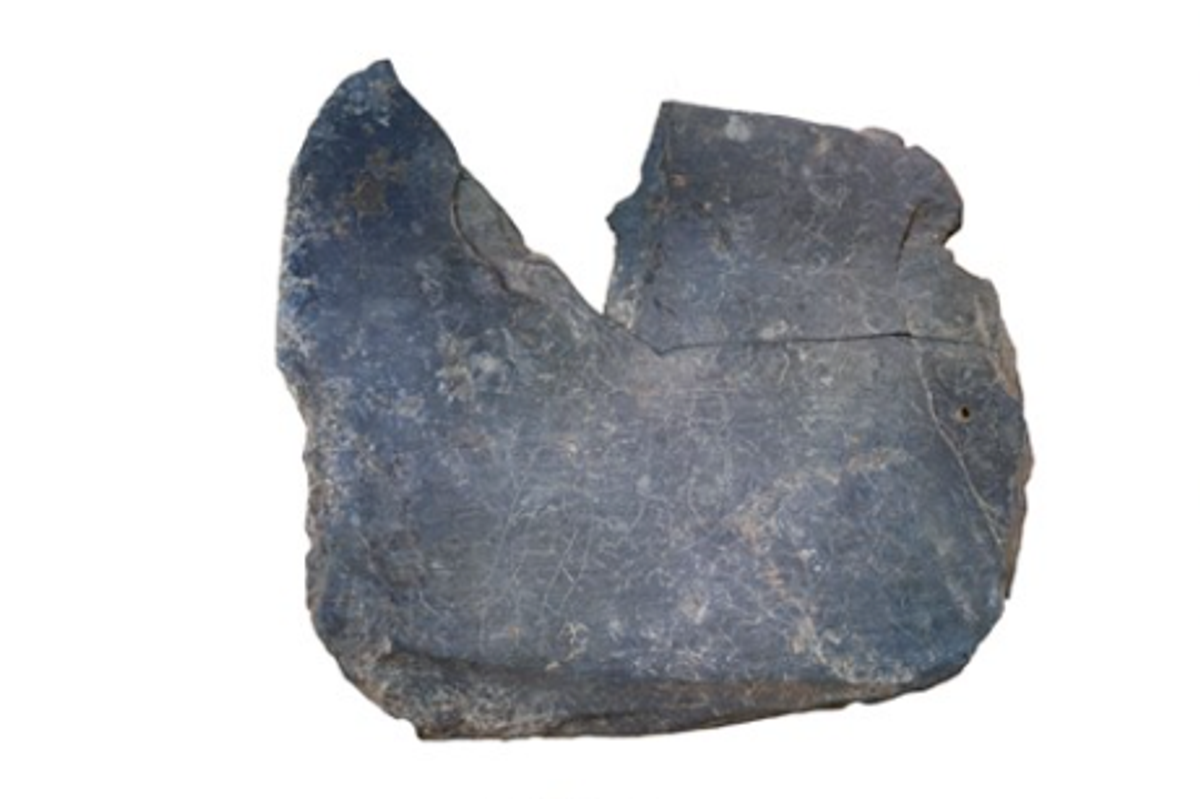Harriet Brewis
Jul 01, 2024

The stone slab featured depictions of battle as well as the ancient civilisation's alphabet
(E. Rodríguez/M. Luque/CSIC)
It’s hard to imagine that an entire civilisation can be swallowed by the sands of time. After all, think of what it would be like if our own disappeared one day practically without a trace.
And yet, experts dedicate their careers to uncovering clues about the communities and populations of our distant past.
Now, archaeologists in Spain have unearthed an ancient rock slab inscribed with a complete alphabet which they believe belonged to the “lost” civilisation of Tartessos.
The Tartessos were an ancient people that first settled in the Iberian peninsula around the eighth century BC and were known for their elaborate writing system, Live Science notes.
By the fourth century BC, they mysteriously vanished, and are now considered a lost society owing to the scarcity of artefacts they left behind.
This is why the discovery of the eight-inch rock is so significant.
The slab dates back as early as 600 BC, making it some 400 years older than Egypt’s iconic Rosetta Stone, and is only the third piece of evidence that the Tartessos people had their own alphabet, Fox News reports.

The rock, which was discovered at the archaeological site of Casas del Turuñuelo in south-western Spain, features “what appears to be a sequence of 21 signs” along with depictions of Tartessian battle scenes, according to the Spanish National Research Council (CSIC).
University of Barcelona researcher Joan Ferrer i Jané – an expert in the study of language development – added in a separate translated statement that “other strokes compatible with signs of a known sequence" were also carved into the stone.
“This alphabet has 27 signs and is the only complete one we know to date,” he added, stressing that this “would provide a lot of information.”
Nevertheless, the rock is missing a triangular segment on one of its sides, which means “at least 6 signs” have been lost as part of this chunk.
“If it were completely symmetrical and the signs completely occupied three of the four sides of the plate it could reach 32 signs.”
In other words, if researchers find the broken piece, they could have a full picture of a language which hasn’t been spoken for millennia.
Sign up for our free Indy100 weekly newsletter
How to join the indy100's free WhatsApp channel
Have your say in our news democracy. Click the upvote icon at the top of the page to help raise this article through the indy100 rankings
Top 100
The Conversation (0)













